Garden Shed Skirting Ideas: Creative Ways to Beautify Your Space
Transforming your garden shed into a beautiful and functional space often involves more than just its structure. One essential aspect is skirting, which not only enhances the shed’s appearance but also provides practical benefits.
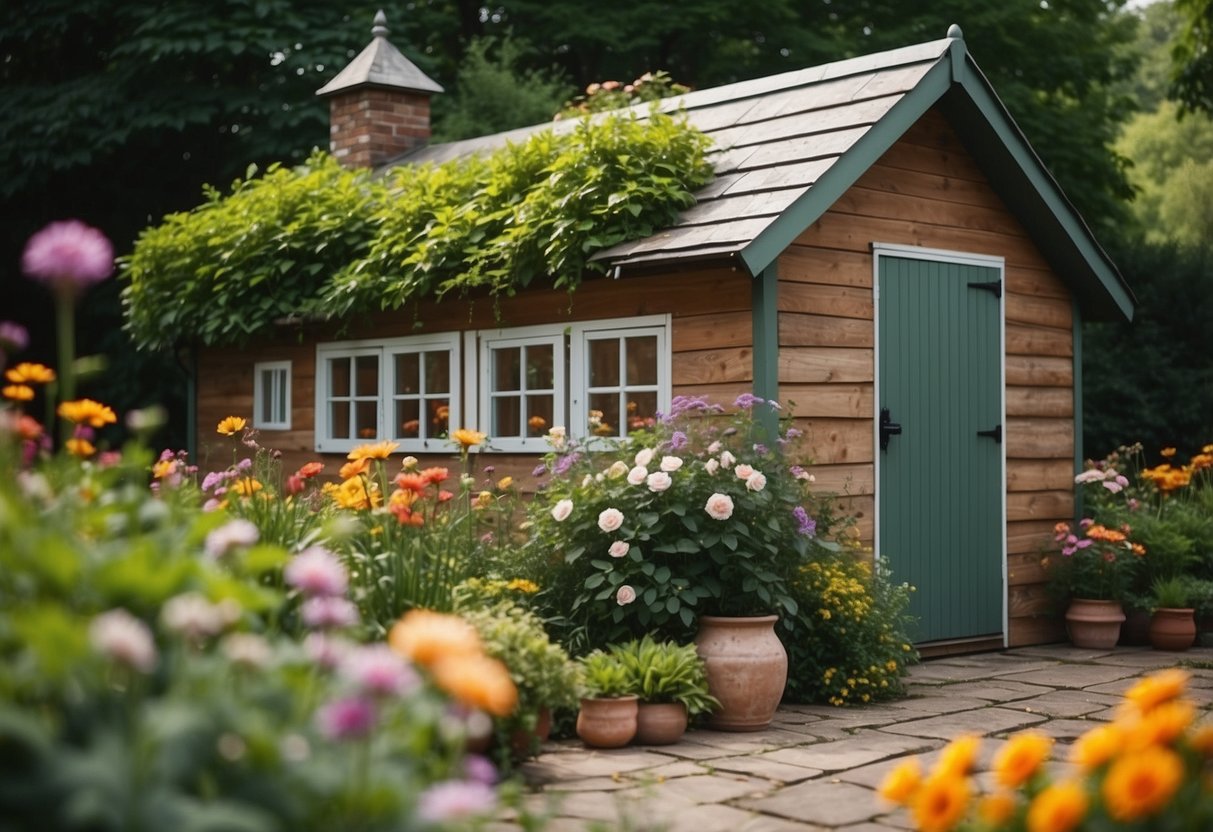
How do you choose the right shed skirting to improve both aesthetics and functionality? Exploring various skirting options can help keep unwanted pests out and create a polished look for your outdoor space.
1) Lattice Panels
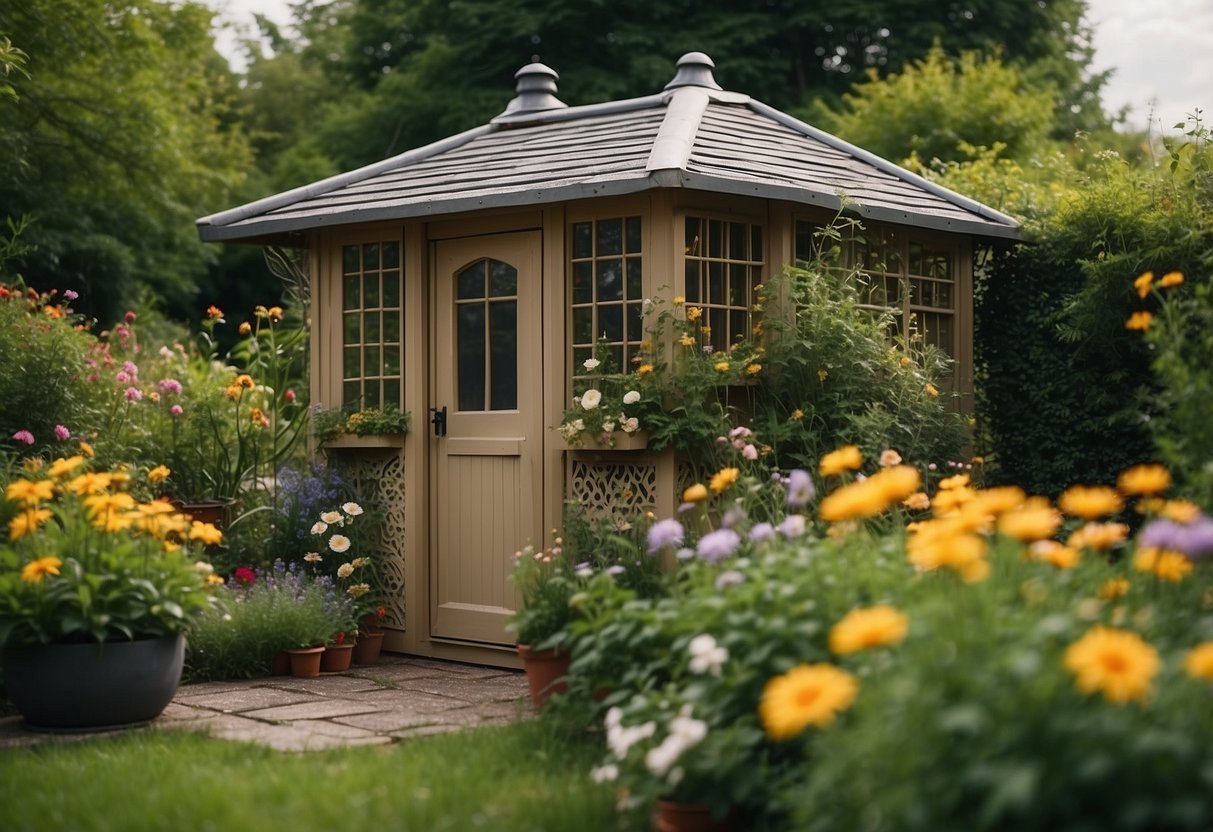
Lattice panels offer a stylish way to skirt your garden shed. They come in a variety of materials like wood and vinyl.
You can paint or stain wood lattice to match your shed. This makes it a great customizable option.
Lattice panels also provide good ventilation, keeping your shed well-aired. They can help keep animals out while adding a decorative touch.
2) Stone Skirting
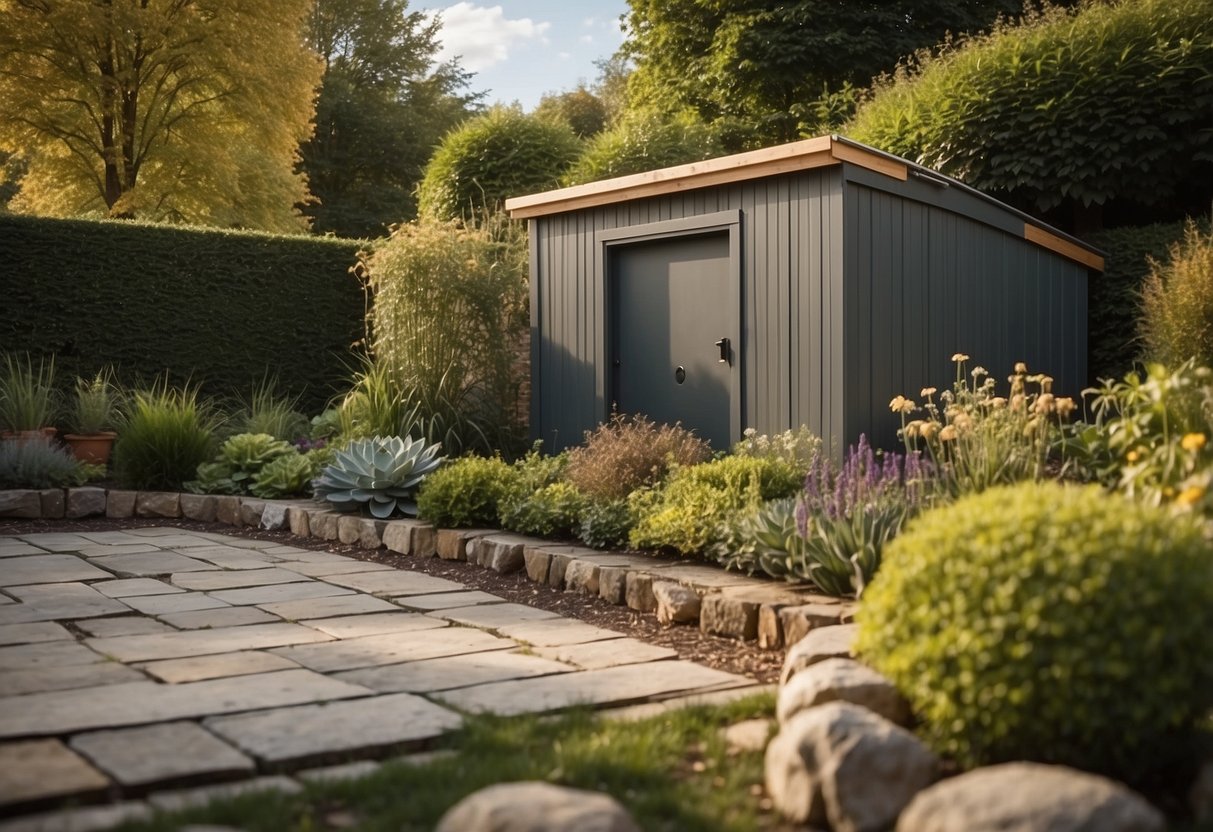
Stone skirting can give your shed a natural and solid look. It’s durable and withstands harsh weather, adding both practicality and beauty to your garden.
You can use various stones like river rock, flagstone, or masonry stones. Choose what fits your style and budget best.
Installing stone skirting can also help keep pests out and reduce moisture build-up under your shed. If you’re up for a bit of DIY, it can be a rewarding project. For more inspiration, you can check different shed skirting ideas online.
3) Decorative Vents
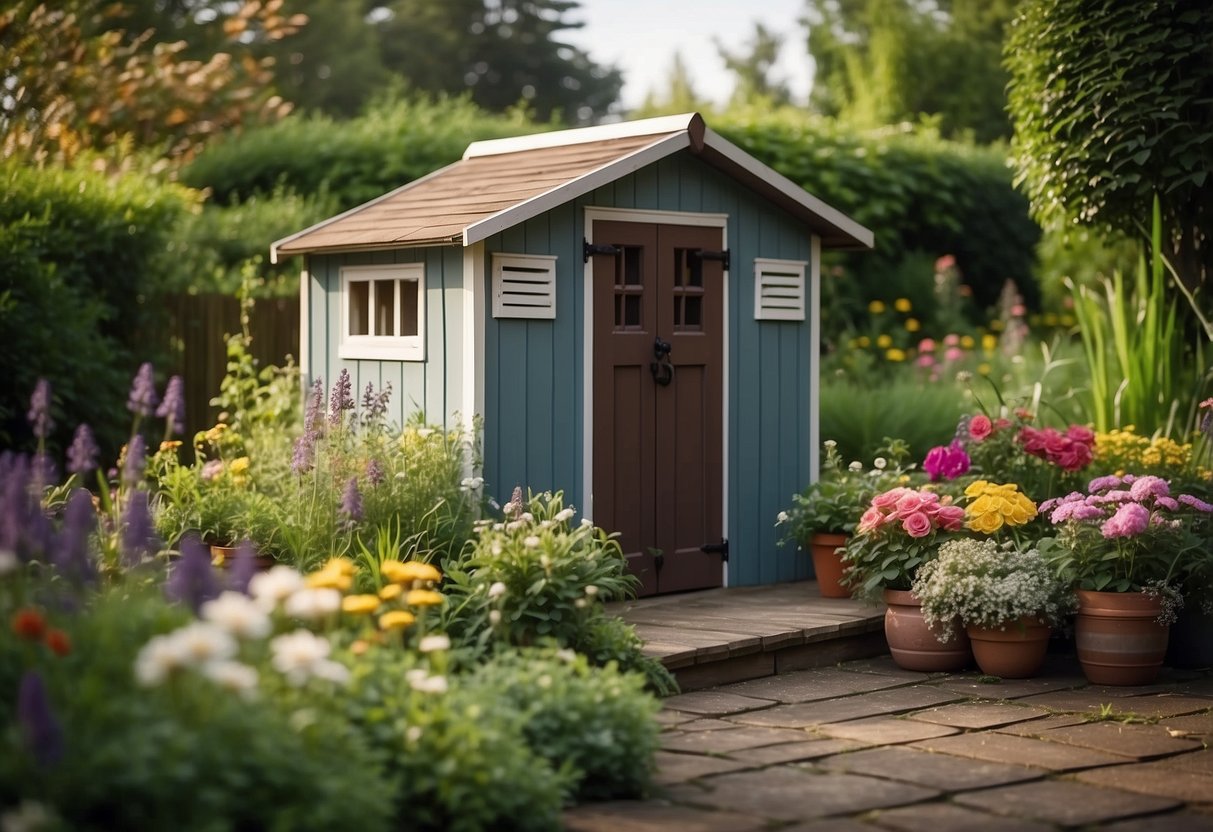
Decorative vents are a stylish way to add skirting to your garden shed while ensuring proper airflow.
You can find vents in various designs that match your shed’s aesthetic, adding a touch of charm.
By installing vents, you help prevent moisture buildup, which can protect the shed’s foundation.
They also keep critters at bay while letting air circulate freely.
4) Planter Box Skirting
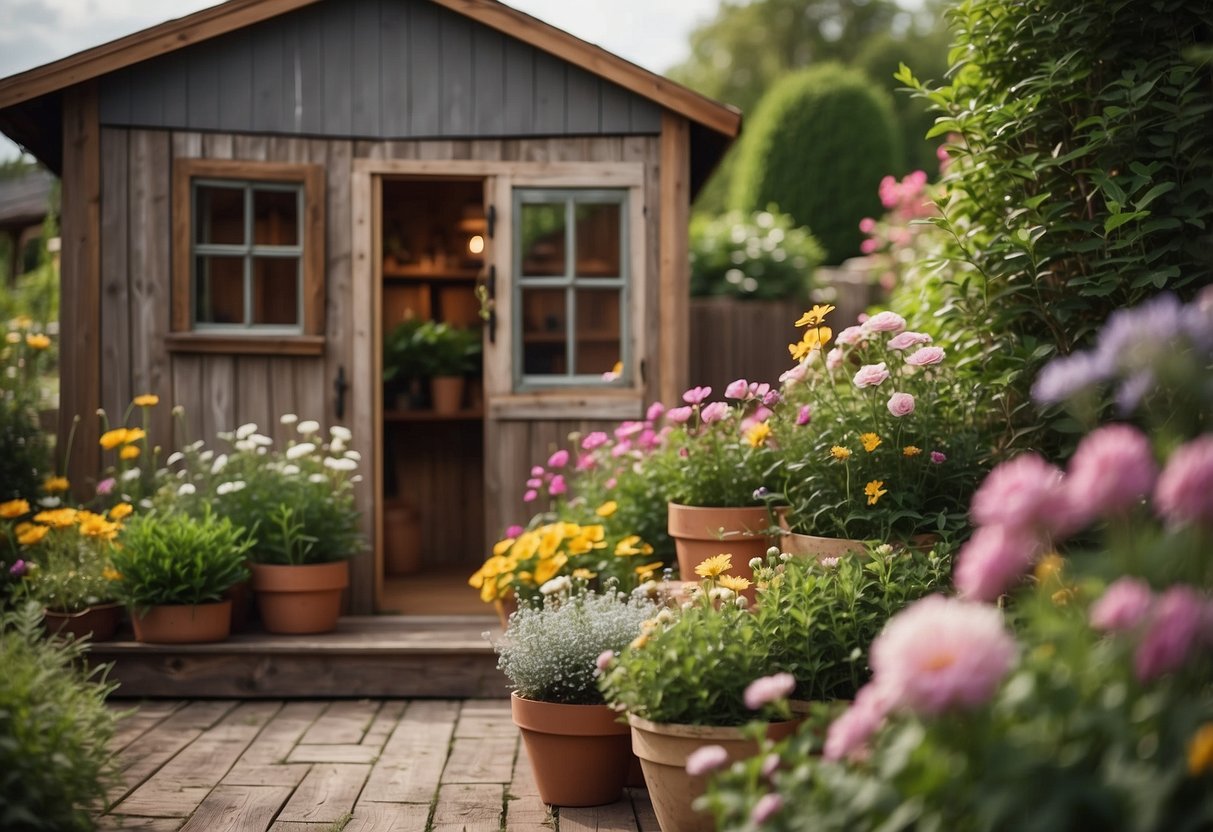
Planter box skirting not only hides the bottom of your shed but also offers a charming place for plants. You can use wooden planter boxes filled with flowers or herbs for this purpose.
The planter boxes can be attached directly to the shed’s base. This idea brightens up your yard while providing useful skirting. It also lets you grow more plants, utilizing space effectively.
5) Horizontal Wood Slats
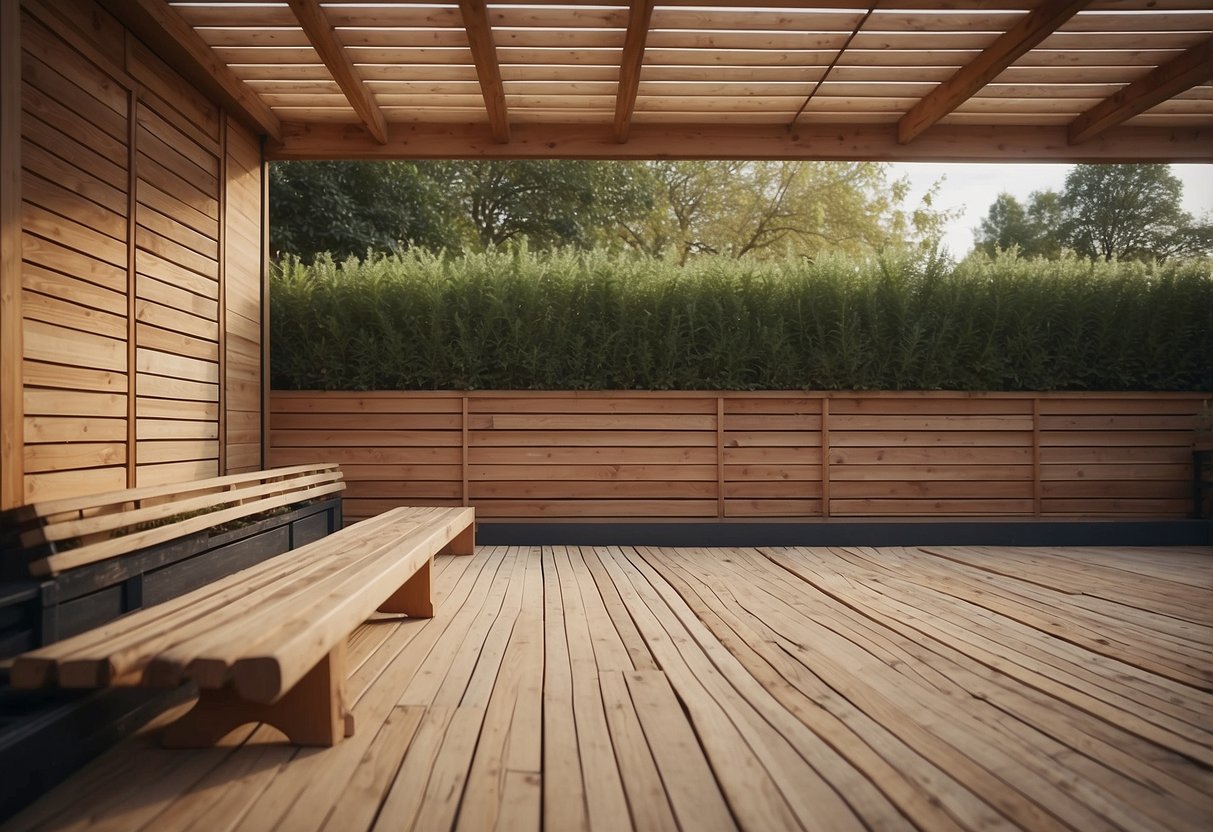
Horizontal wood slats are a great way to add a clean, modern look to your garden shed. They are easy to install and can be painted or stained to match your shed or garden décor.
You can use treated lumber to ensure durability against weather and pests. The gaps between the slats also allow for proper ventilation, keeping your shed well-aerated.
This method is not only functional but also visually appealing, creating a sleek and stylish appearance for your garden shed.
6) Vinyl Skirting

Vinyl skirting is a practical option for your garden shed. It’s affordable and easy to install. You can choose from different colors and designs to match your shed’s look.
Vinyl is durable and resistant to weather, which means it will last a long time. It’s also simple to clean, just wash it with a hose. This makes maintenance a breeze.
By choosing vinyl skirting, you can keep pests out. It also helps with ventilation under the shed, preventing moisture buildup. Check out more information on vinyl shed skirting.
7) Brick Veneer
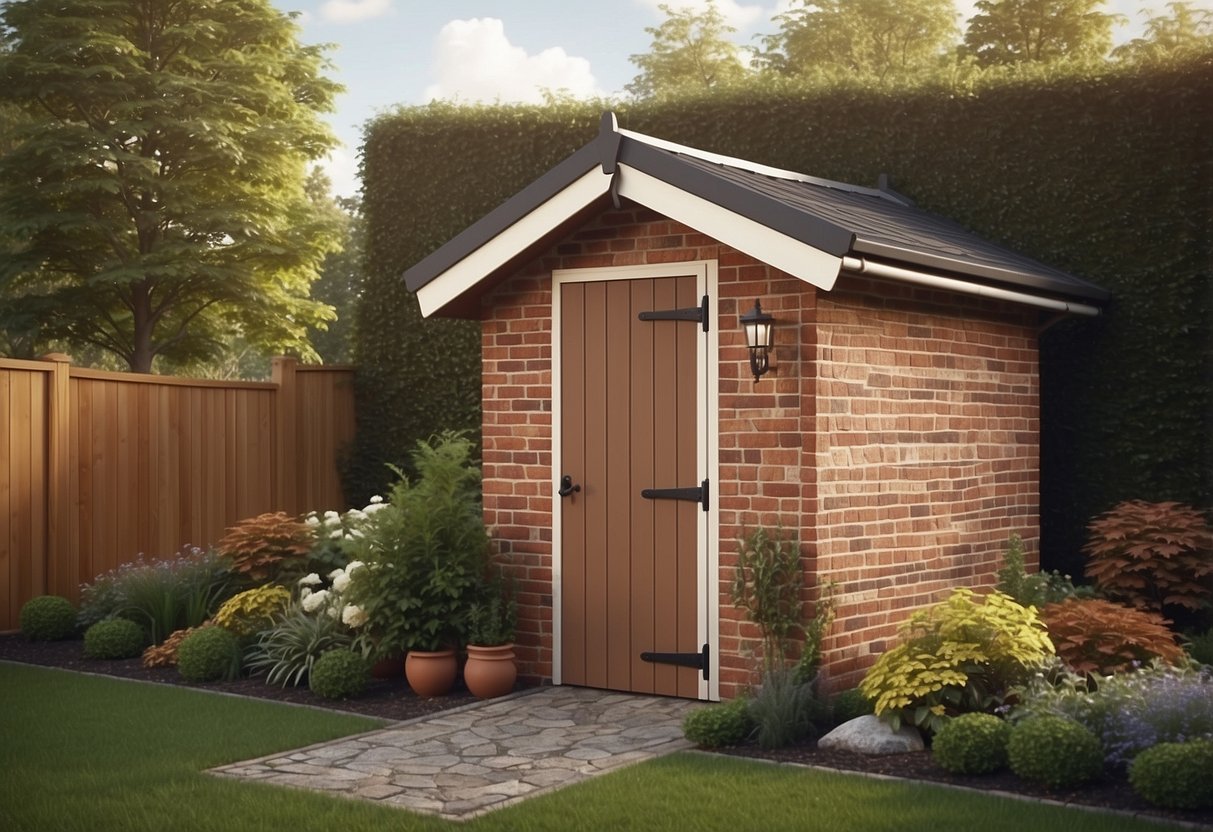
Using brick veneer for your shed skirting can give it a classic and sturdy look. This type of skirting is durable and can withstand various weather conditions.
Installing brick veneer is relatively simple. You attach the thin bricks to a wooden framework around the shed’s base.
Brick veneer not only enhances your shed’s appearance, but it also helps prevent pests from entering underneath. This makes it both a practical and stylish choice.
For more ideas on shed skirting, check out these options.
8) Metal Panels
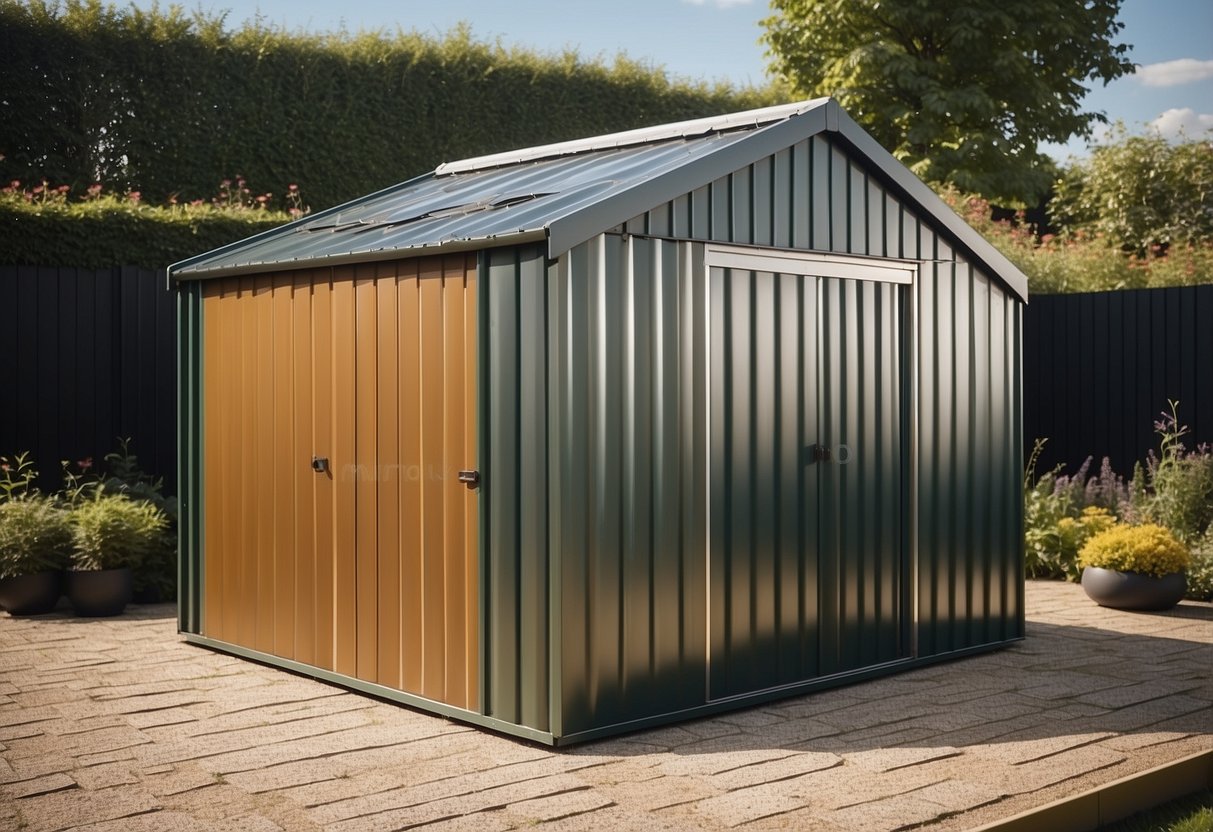
Metal panels are a sleek and durable choice for shed skirting. They offer strong protection against weather and pests. You can find them in various styles and finishes to suit your garden aesthetic.
Corrugated metal is especially popular. It’s budget-friendly and easy to install. These panels also provide good ventilation for the space under your shed. For more details, check out these shed skirting ideas.
9) Recycled Materials Skirting

Using recycled materials for skirting is both eco-friendly and budget-friendly. You can repurpose old pallets, metal sheets, or leftover bricks from previous projects.
Old wooden pallets can be cut to size and nailed in place, giving a rustic appearance to your shed. Metal sheets from discarded roofing or siding can offer a durable and sturdy barrier.
Leftover bricks can be stacked to create a solid, classic look. These materials not only help the environment but also add unique character to your garden shed.
10) Picket Fence Skirting
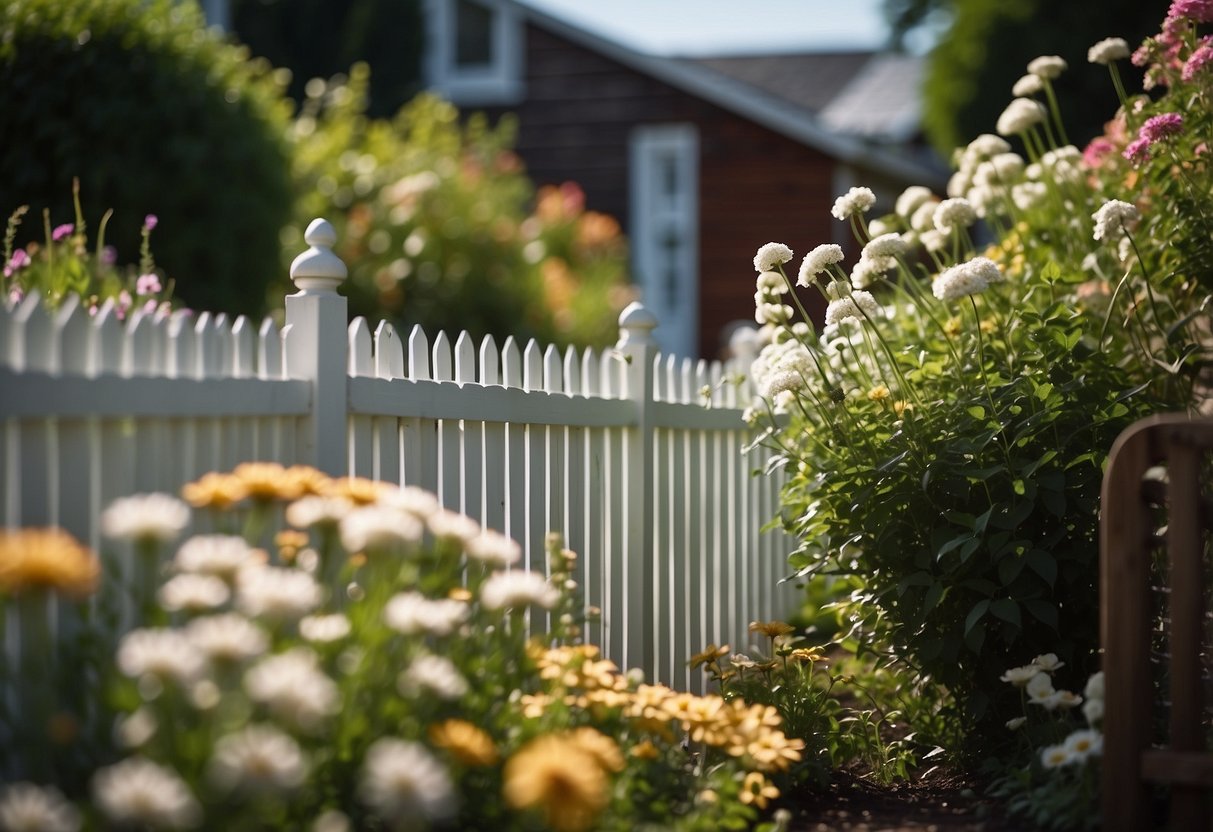
Picket fence skirting is a charming way to add style to your garden shed. You can paint it white for a classic, clean look or choose any color that matches your garden theme.
This type of skirting is easy to install. You can find pre-made picket fence panels at most home improvement stores. Plus, it helps keep critters out of the space underneath your shed.
Picket fence skirting also allows for good ventilation. The gaps between the pickets let air flow through, which helps prevent moisture buildup. This can help your shed last longer and stay in better condition.
Materials for Garden Shed Skirting

When choosing materials for garden shed skirting, you have several popular options. Each offers a unique blend of durability, appearance, and difficulty of installation.
Wooden Skirting
Wooden skirting is a classic choice. It adds a rustic look to your garden shed. Cedar and redwood are popular options because they resist rot and insects well. Cut the wood to the right size and then attach it to the shed’s frame.
Wood can be stained or painted to match your shed. It requires maintenance to protect against weather damage. Sealing and painting should be done every few years.
Ensure proper ventilation to prevent moisture build-up under the shed. You can add small vents in the wooden panels to help with air circulation. Wooden skirting can be a bit more expensive but offers great aesthetic appeal.
Vinyl Skirting
Vinyl skirting is an affordable and durable option. This material resists weather and pests. Installing vinyl skirting is easy, making it a great DIY project. You simply snap the pieces together and secure them to the shed’s frame.
Vinyl comes in many colors and styles. You can even find vinyl that mimics the look of wood or stone. It does not require painting or staining, reducing long-term maintenance.
One drawback is that vinyl can become brittle in extreme temperatures. Despite this, it remains a low-cost, versatile choice. Regular cleaning with soap and water will keep it looking fresh.
Metal Skirting
Metal skirting is known for its strength and durability. It often uses materials like aluminum or galvanized steel. Metal skirting is resistant to pests, rot, and harsh weather conditions.
Installing metal skirting involves cutting the metal sheets to size and securing them with screws or bolts. Some metal skirting options feature decorative patterns, adding an aesthetic touch to your shed.
Metal skirting requires minimal maintenance. A yearly inspection to check for rust or damage is usually enough. Be cautious of sharp edges to avoid injury during installation. Although slightly more expensive, metal skirting provides strong and long-lasting protection.
Choosing the right material depends on your budget, maintenance willingness, and desired look.
Installation Tips for Skirting
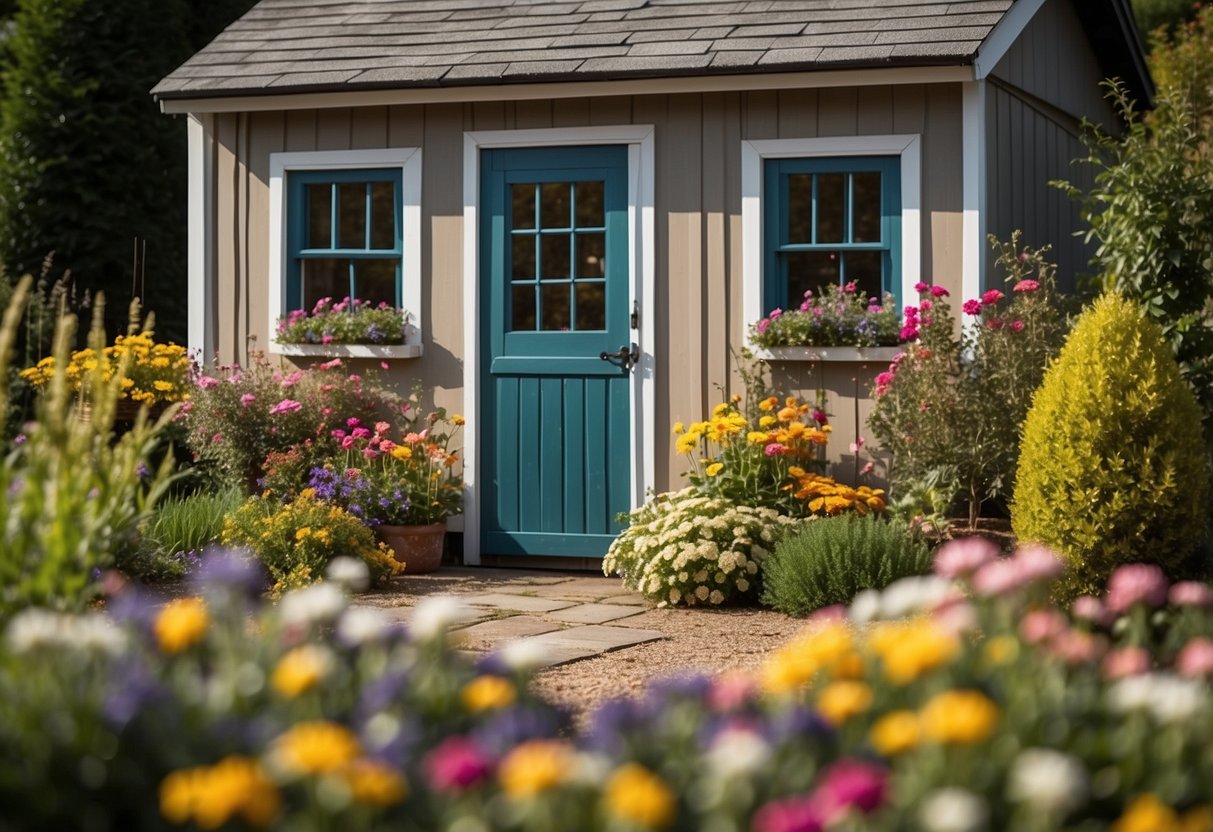
Installing skirting around your garden shed involves preparing the area, measuring and cutting the skirting material, and securely attaching it. Each step is essential to ensure your skirting looks good and functions properly.
Preparing the Area
Before installing skirting, you need to prepare the ground around your shed. Remove any debris, weeds, or rocks. This keeps the area clean and prevents obstructions when installing the skirting.
Next, level the ground. Uneven terrain can make skirting hard to install and affect its appearance. You can use a rake to smooth the area or add soil to fill in low spots.
Tip: Lay down a weed barrier fabric to prevent future weed growth.
Ensure there is proper drainage. Good drainage prevents water from pooling around your shed, which can damage the skirting and the shed itself. Creating a slight slope away from the shed can help water runoff.
Measuring and Cutting
Accurate measurements are key to successful skirting installation. Measure the distance from the ground to the bottom edge of the shed all around. This ensures your skirting fits perfectly and covers the gaps adequately.
Tool Tip: Use a measuring tape for accuracy.
Next, transfer the measurements to your skirting material. Mark the cutting lines clearly. Whether using wood, vinyl, or metal, accurate cuts are essential for a neat finish.
When cutting, safety is important. Wear gloves and safety goggles. Use the appropriate tools for your skirting material, like a saw for wood or tin snips for metal.
Securing the Skirting
Attaching the skirting securely is the final step. Start by attaching skirting guides or framing if needed. This provides a base to attach the skirting securely.
Align the skirting pieces with the shed’s edges and secure them with nails or screws. Make sure each piece overlaps slightly with the next to ensure there are no gaps.
Fastening Tip: Use rust-resistant screws or nails for longer-lasting results.
Finally, check for any gaps or loose sections. Make any necessary adjustments to ensure everything is securely in place. This will keep out pests and give your shed a polished look.
Maintaining Your Shed Skirting

Taking care of your shed skirting is important to keep it looking great and functioning well. This involves regular cleaning, checking for damage, and performing seasonal maintenance.
Regular Cleaning
Regular cleaning helps your shed skirting last longer and look better. You should sweep or hose off debris at least once a month. This prevents dirt and grime from building up. For more thorough cleaning, use a mild soap and water solution to scrub the skirting. Avoid using harsh chemicals, as they can damage the material. If you have vinyl skirting, an outdoor cleaner specifically designed for vinyl can help remove tough stains. Remember to rinse off any soap residue to prevent streaks and buildup.
Inspecting for Damage
It’s important to inspect your shed skirting for damage every few months. Look for cracks, holes, or any signs of wear and tear. If you spot any issues, address them quickly to prevent further damage. For wooden skirting, check for rot or insect damage. Vinyl and metal skirting may require you to check for rust or corrosion. If you find minor damage, you can often repair it yourself with patch kits available at most home improvement stores. For significant issues, consider hiring a professional to ensure proper repairs.
Seasonal Maintenance
Different seasons require different maintenance tasks to keep your shed skirting in good shape. In the spring, check for any damage caused by winter weather. Clean off any salt deposits if you live in an area where roads are salted. Summer is a good time to paint or treat wooden skirting to protect it from sun and moisture. In the fall, clear away leaves and other debris to prevent moisture buildup, which can lead to mold or rot. During winter, make sure to remove any snow buildup to reduce stress on the skirting.
By following these steps, you’ll keep your shed skirting looking good and functioning well year-round.







